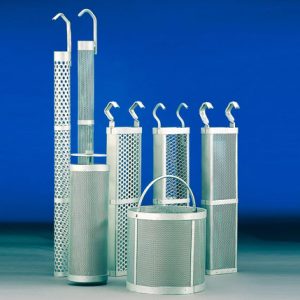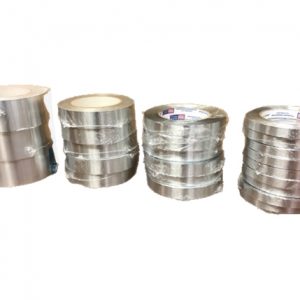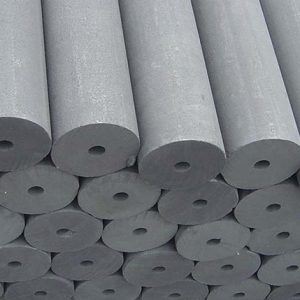The amount of protection the zinc anodes or zinc balls provide depends on its surface area. The zinc surface area needed varies with the kind of metal being protected and with the chemical makeup of the water, but you can use 1% of the surface area of the protected metal as a starting point. Check the protected metal frequently. If it shows signs of corrosion despite the zinc, you need more surface area.
Zincs should be replaced when about half of the anode has been lost to corrosion. Ideally we want that to occur not more frequently than annually. The longevity of a sacrificial zinc anode is a function of its weight. When a zinc lasts less than a year, you need one with more weight.
Normally, however, you are not faced with determining the appropriate anode size (other than diameter for a zinc shaft collar). Rather, you are simply replacing depleted zincs with new ones of the same size. Check all zincs at least annually and replace all that are half depleted.
There is an unfortunate misconception that a sacrificial anode can be mounted anywhere, even hung over the side on a string, and it will still perform its appointed duty. That is dead wrong!
For a zinc anode or zinc balls to provide any protection, it must be in electrical contact with the metal being protected. The conductivity of the water is not adequate. We need low-resistance, metal-to-metal contact — either by mounting the zinc directly to the metal being protected or by connecting the two with a wire. A hanging anode can provide protection if it is connected by a wire to the metal being protected.
Where the zinc is mounted directly to the protected metal — bolted to the side of a metal rudder, for example — it is essential to make sure the surface under the zinc is bare and bright before the anode is installed. This is to ensure good electrical contact.




